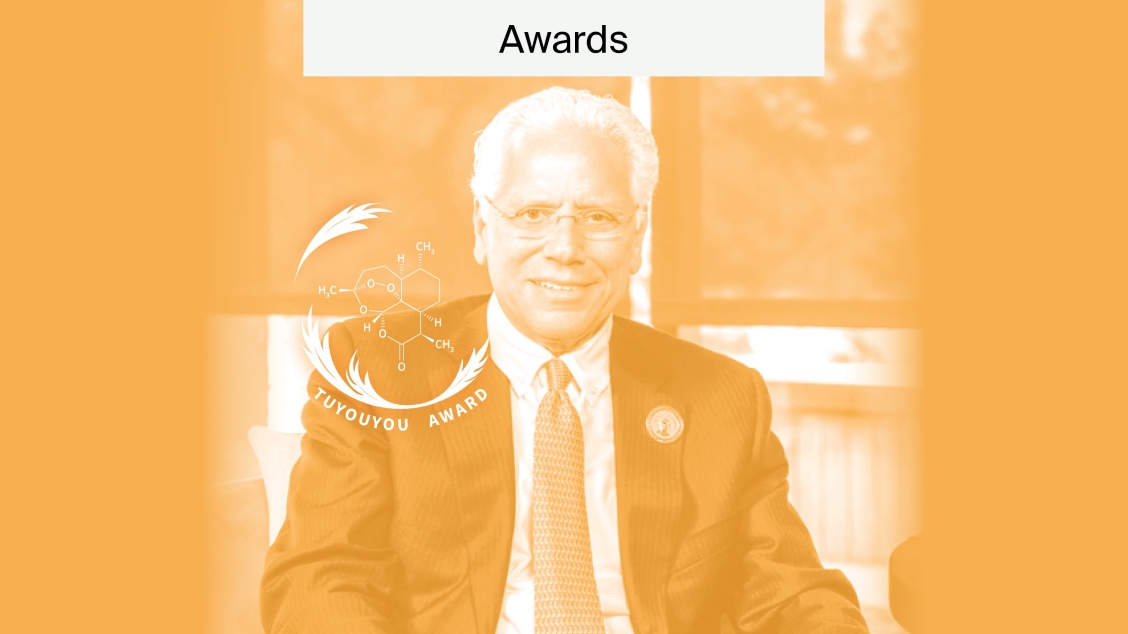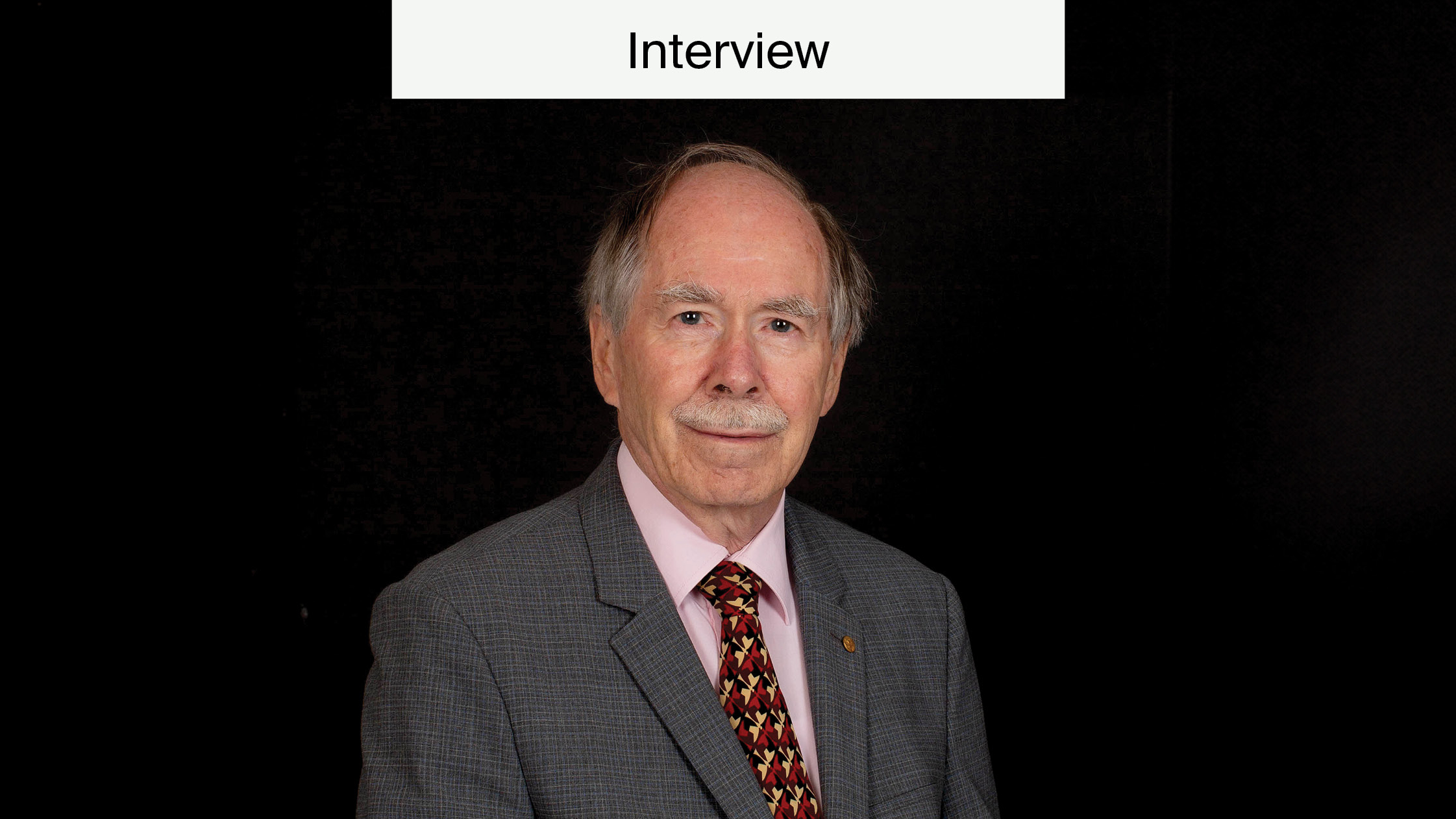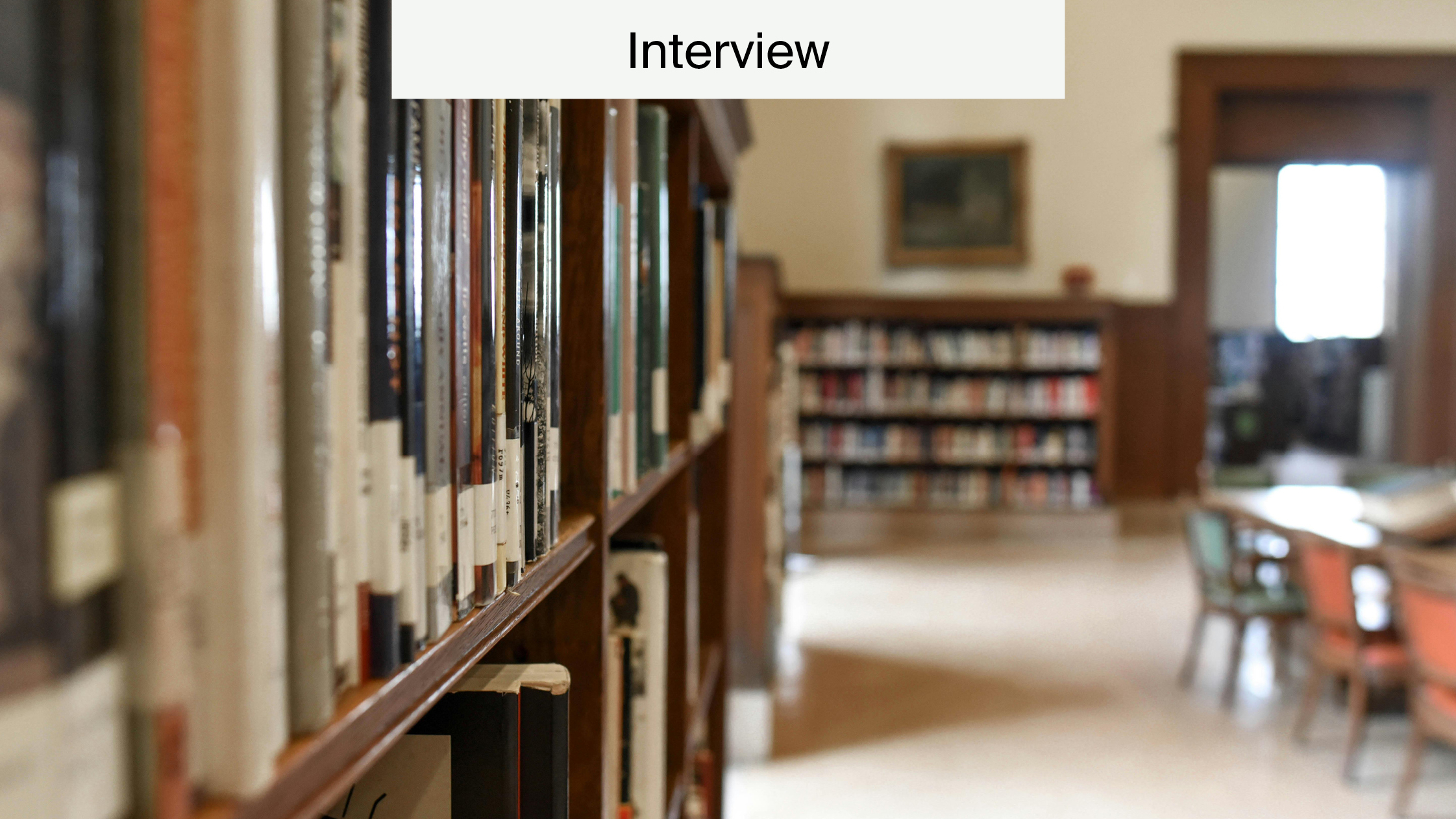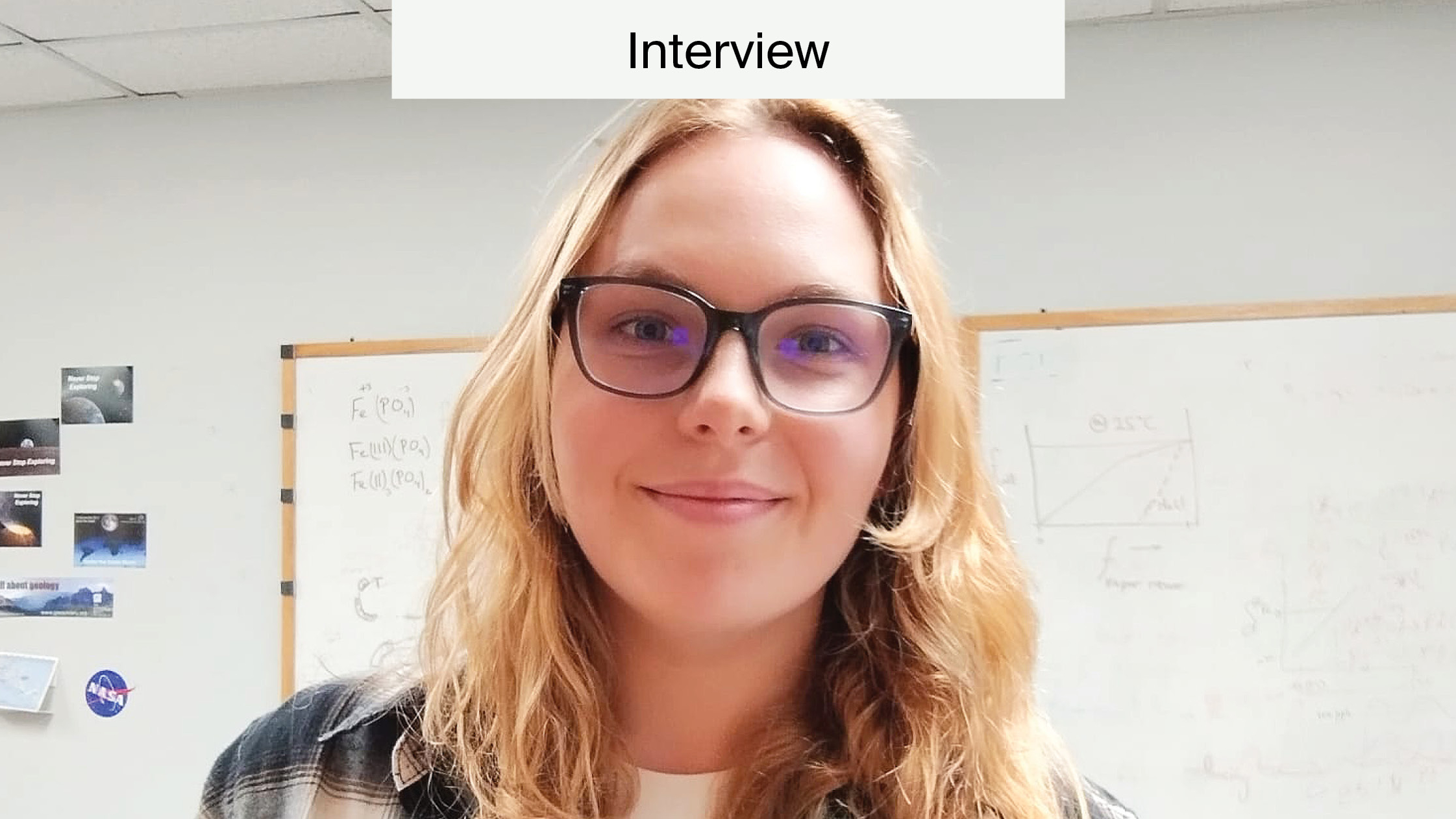
Monkeypox: Interview with an MDPI Scientific Officer
Here at MDPI, we keep up to date with important health issues. We do this by encouraging the publication of new research, guided by our scientific officers. In this article, we’ll interview Dr. Enric Sayas, Scientific Officer for Life Sciences.
Crucially, our journals publish Special Issues that contain relevant information on specific subjects. To ensure this can happen with ease in difficult circumstances, we rely on the expertise of our scientific officers.
Recently, a disease called monkeypox has spread across more than four different continents.
The disease originated in 1970 in the Democratic Republic of Congo. In May 2022, monkeypox left Central and West Africa for the first time, traveling to Europe, North and South America, Asia, and Oceania.
When disease spreads, research into severity and transmission is essential. It allows us to maintain control of the situation and prevent a pandemic.
Interview with Dr. Enric Sayas
To shed more light on this issue, it is our pleasure to introduce Dr. Enric Sayas, the Scientific Officer for Life Sciences. In this interview, we discuss monkeypox and how research can help us learn more about it.

How long have you been with MDPI? And where did you start out?
Dr Enric Sayas: I joined MDPI in September 2016, so it’s been six years already! Before that, I studied Agronomical Engineering and obtained a PhD in Biotechnology. I started as an Assistant Editor for Sustainability, Pathogens and Genes. I also worked as the Managing Editor of Biomolecules. From 2018 to 2021, I was Office Manager of MDPI’s Barcelona office. After that, I was Life Sciences Scientific Officer.
What is the role of a scientific officer?
ES: The scientific officer essentially aims to provide scientific advice to our different departments, especially our editorial staff. On one hand, we help the managing editors to solve day-to-day issues. This includes ethical cases, scope analysis of papers, editorial board selection, etc. On the other hand, we are also involved in updating our editorial procedures. We approve new journals or sections within the journals, meet with Editors-in-Chief, and work on our different internal projects.
How do you curate articles for a Special Issue?
ES: Special Issues are collections of papers based on specific topics. They are edited by an expert in the field, who acts as a guest editor. They make editorial decisions. In this case, the role of the scientific officer is to provide assistance in difficult cases. For example, conflicts of interest, unclear scopes, ethical issues, etc.
Does this process differ for disease outbreak topics such as COVID-19?
ES: This is a perfect example of a difficult case. In this case, COVID-19 papers present a challenge on their own. This is because of the global impact of COVID-19 and the novel nature of this outbreak. Researchers worldwide tried to dissect the virus, the different vaccines, and the medium- and long-term effects of these vaccines. We were particularly worried about these last papers.
There is a long-term debate about the usefulness of the vaccines and whether or not these vaccines have deleterious effects on the population. Powerful pressure groups try to justify their agendas by publishing a scientific paper validating their views. We created a working group consisting of scientific officers, managing editors of related journals, and ethical specialists. In the group, we would discuss the correct handling of these papers, always in collaboration with the expertise of the Editorial Boards.
Is it difficult to find researchers publishing on these topics?
ES: I would say it is quite the opposite. Continuing with the COVID-19 example, virologists and other biologists worldwide turned their focus to this novel virus and its related diseases. They worked around the clock to understand it. They developed vaccines and other methods to face this challenge.
What responsibilities do you feel you have, as a scientific officer, when it comes to curating papers on pandemics?
ES: I would say that we have the same responsibilities as with any other paper. We need to make sure that we conduct the peer review process transparently, fairly, and thoroughly. However, we need to be particularly careful with manuscripts that challenge scientific mainstream views.
How is research having an impact on the monkeypox situation so far?
ES: Research is focusing on the epidemiology and transmission of this virus. This is to model its spread and try to minimize it if possible. Research has also been focused on identifying the initial strain as well as the first steps in this outbreak.
What advice do you have as scientific officer for academics publishing research about monkeypox?
ES: As there is a lot of current interest in this area of research, there is a lot of competition for publishing in this field. However, I would advise that academics not rush their research, and be as thorough as in other areas of research. When their research is ready to submit, MDPI is a great option. We provide a fast response to authors and a speedy publication time to remove barriers in research dissemination.
For those interested in learning more about the current monkeypox outbreak, what articles or sources would you recommend?
ES: From our journals, I would recommend checking this review of the topic in our journal
IJMS:
IJMS | Free Full-Text | Monkeypox: A New Threat?
Microorganisms:
For further information regarding the virus and the potential vaccines, I suggest keeping up with our journals Viruses and Vaccines.
For more information on monkeypox, make sure you also take a look at our article on disseminating research during a pandemic.
Written collaboratively by Daniella Maritan-Thomson and Katherine Bosworth.










